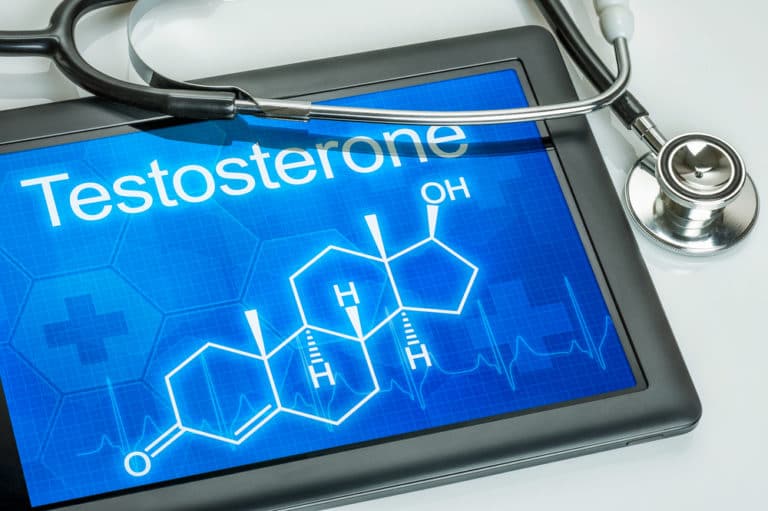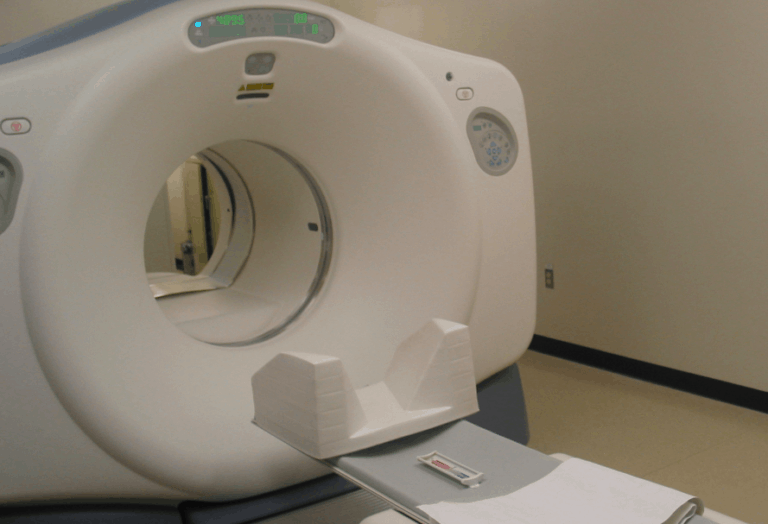Finasteride (Proscar) is a 5-alpha-reductase inhibitor used to treat benign prostatic hypertrophy (BPH) as well as male pattern baldness. When scientists noticed that finasteride inhibited the conversion of testosterone to DHT (a hormone that fuels prostate tumor growth), they initiated a study called the Prostate Cancer Prevention Trial (PCPT) in the early 1990s. (Thompson 2003) The trial evaluated 18,000 men age 55 and older, lasted seven years, and evaluated finasteride for prostate cancer. The results, published in 2003, found that:
– 18.4 percent of men who took finasteride developed prostate cancer over the study’s course
– 24.4 percent who took placebo developed prostate cancer over the study’s course
– Men in the finasteride group had a 28 percent reduction in prevalence in prostate cancer and a smaller prostate volume than men in the placebo group
However:
– The rate of high-grade cancers was greater in the finasteride group (6.5%) than in the placebo group (5.1%). The reason for this is unknown.
– Most cancers in the finasteride group were small and localized.
The incidence of high-grade cancers in the finasteride group during this study is one reason medical professionals are reluctant in most instances to prescribe finasteride for prostate cancer treatment.
Since the PCPT, subsequent studies have reinterpreted the findings. Some research confirmed the reduced risk of prostate cancer (Thompson 2008), while others re-examined the increased risk of high-grade tumors and determined that finasteride actually reduced the risk of developing aggressive cancer when compared with placebo. (Pinsky 2008; Redman 2008)
However, two physicians from Johns Hopkins evaluated all the findings and noted that the decrease in prostate cancer related to finasteride was much smaller than originally reported and not statistically significant. Therefore, they believe finasteride will not significantly help reduce the risk of prostate cancer among men who are monitored regularly and who have a biopsy when they experience an elevated PSA or abnormal digital rectal exam.
They recommend men not take 5-alpha-reductase inhibitors as a means to prevent prostate cancer, and warn that because 5-alpha reductase inhibitors reduce PSA levels by about 50 percent, men should multiply their PSA numbers during the first two years they use the drugs, by 2.3 for years 2 through 7, and by 2.5 for 7 years or longer to get a more accurate indication of their prostate cancer risk that may require a biopsy. (Johns Hopkins)
Read more in our Prostate Cancer Health Center.
References
De Rosa M et al. Cabergoline treatment rapidly improves gonadal function in hyperprolactinemic males: a comparison with bromocriptine. European Journal of Endocrinology 1998 Mar; 138(3): 286-93
Johns Hopkins. Prostate Disorders, 2009
Redman MW et al. Finasteride does not increase the risk of high-grade prostate cancer: a bias-adjusted modeling approach. Cancer Prev Res (Phila) 2008 Aug; 1(3): 174-81
Sawada T et al. Effects of oxytocin and prostaglandin F2 on androgen production of adult rat testis in vivo. Prostaglandins 1998 Feb; 55(203): 121-26
Takeyama M et al. Stimulatory effect of prolactin on luteinizing hormone-induced testicular 5 alpha-reductase activity in hypophysectomized adult rats. Endocrinology 1986 Jun; 118(6): 2268-75
Thompson IM et al. Does the level of prostate cancer risk affect cancer prevention with finasteride? Urology 2008 May; 71(5): 854-57
Tomlinson JW et al. Impaired glucose tolerance and insulin resistance are associated with increased adipose 11-beta-hydroxysteroid dehydrogenase type 1 expression and elevated hepatic 5-alpha-reductase activity. Diabetes 2008; 57(10): 2652-60
Van der Merwe et al. Three weeks of creatine monohydrate supplementation affects dihydrotestosterone to testosterone ratio in college-aged rugby players.Clin J Sport Med 2009 Sep; 19(5): 399-404







